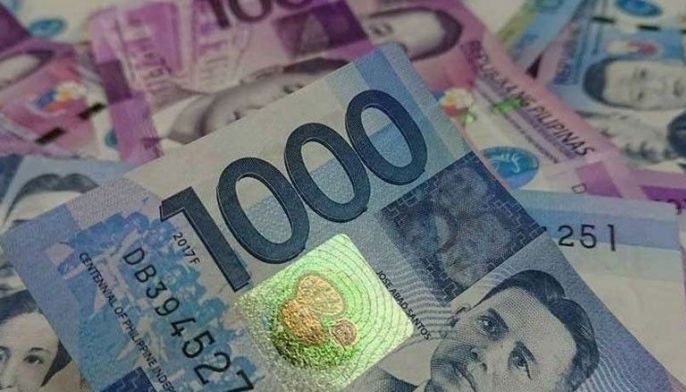ECONOMY: MANILA- Peso goes from EM Asia’s best to worst currency in a week

The Philippine peso turned into emerging Asia’s worst-performing currency in December from being the best, as a seasonal boost from remittances petered out. Strategists see the bearish momentum continuing.
The currency dropped around 2% last week, wiping out all the gains in the first three weeks of December that had made it the regional outperformer. Nomura Holdings Inc and Barclays Plc are among those predicting more losses in the coming months.
 ___________________________
___________________________
SPACE RESERVE FOR ADVERTISEMENT
_________________________________________________
The peso faces headwinds from a dovish central bank that left interest rates unchanged last month and signaled it would keep monetary policy accommodative, in contrast to a Federal Reserve set for rate hikes in 2022. It may also come under pressure from a rising current-account deficit.
“Peso is likely to be among the laggards in an otherwise higher emerging-markets real-yields world,” said Ashish Agrawal, FX and EM macro strategist at Barclays in Singapore. Deterioration in the current-account balance and expectations that the BSP will normalize policy at a slow pace may further weigh on the peso, he said.
 ___________________________
___________________________
SPACE RESERVE FOR ADVERTISEMENT
_________________________________________________
The peso climbed almost 2% last quarter through Dec 23, supported by surging remittances and optimism over the economic growth recovery. December remittances are the highest for the year since 2009.
The currency retreated about 6% in 2021 to close at 51 per dollar on Friday. Barclays expects the currency to fall to 51.50 by the end of June, while Nomura sees 51.7 by the end of March. History shows it slid in January in five of the past six years as support from remittances faded.
Meanwhile, the central bank last month revised its 2021 current-account estimate to a deficit from a surplus, and forecast the shortfall will more than double to about $10 billion in 2022.
 ___________________________
___________________________
SPACE RESERVE FOR ADVERTISEMENT
_________________________________________________
Policy Divergence
The peso ended 2021 testing a key technical level around 51 against the dollar. A breach opens the door for it to weaken toward 51.81, the 61.8% Fibonacci retracement of the pair’s October 2018 to June 2021 decline.
Traders will look to inflation and trade data this week for clues on the path for monetary policy going forward. Governor Benjamin Diokno said preserving monetary support will help the nation’s recovery from the pandemic.
“The BSP will keep an accommodative policy to support growth, and if you’re going to keep interest rates low, the peso will depreciate,” said Jonathan Ravelas, chief market strategist at BDO Unibank in Manila.
 ___________________________
___________________________
SPACE RESERVE FOR ADVERTISEMENT
_________________________________________________
Here are the key Asian economic data due this week:
- Monday, Jan. 3: Singapore GDP; Indonesia inflation and manufacturing PMIs in India, Malaysia, Indonesia, South Korea and Philippines
- Tuesday, Jan. 4: Caixin China manufacturing PMI
- Wednesday, Jan. 5: Thai inflation; Singapore retail sales
- Thursday, Jan. 6: Caixin China services PMI, Taiwan CPI
- Friday, Jan. 7: Japan labor cash earnings and foreign bond buying; India 2022 annual GDP estimate
By Karl Lester M. Yap
© 2022 Bloomberg L.P.
__________________________________________________.

Ads by: Memento Maxima Digital Marketing
@[email protected]
SPACE RESERVE FOR ADVERTISEMENT
__________________________________________________









